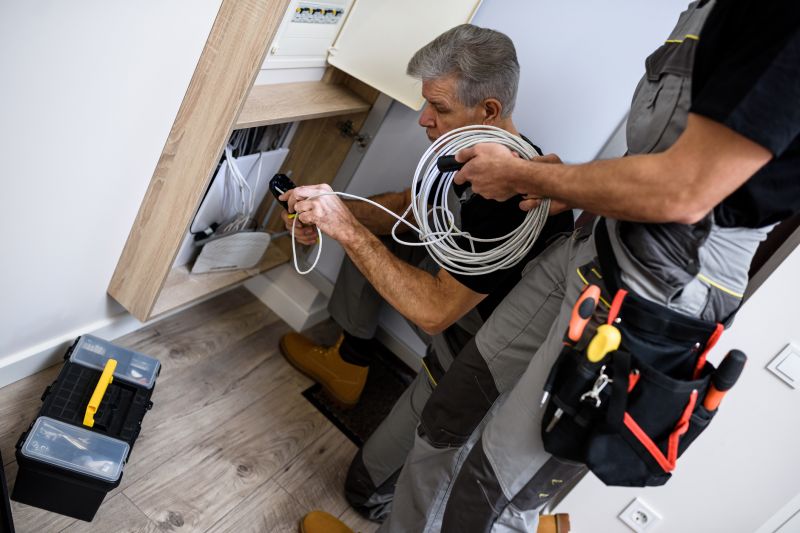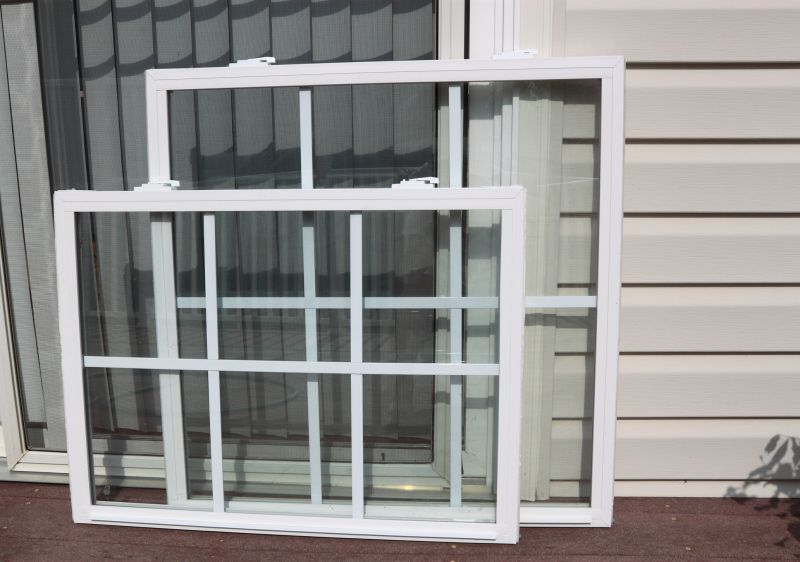Optimal Timing for Windows Installations
Windows installations are most effective when performed during periods of low system usage, typically in the early morning or late evening. Choosing an optimal time minimizes disruption and allows for proper system setup and updates.
Scheduling during off-peak hours ensures minimal interruption to daily workflows and reduces the risk of technical issues.
Spring and fall often provide ideal conditions for installations due to moderate temperatures and lower demand for system upgrades.
Timing installations during slower business periods can improve efficiency and allow for thorough testing and adjustments.
Performing installations before major updates or software releases helps ensure compatibility and stability.

A technician setting up Windows on a desktop.

Calendar with scheduled system upgrade times.

Server room during low activity hours.

IT professional assisting with system setup.
| Factor | Best Practice |
|---|---|
| Time of Day | Schedule during early morning or late evening |
| Season | Opt for spring or fall for moderate conditions |
| Business Cycle | Align with slower operational periods |
| Major Updates | Perform before new software releases |
| Support Availability | Choose times with available technical support |
| System Readiness | Ensure hardware and software are prepared |
| User Convenience | Minimize impact on daily activities |
| Maintenance Window | Allocate sufficient time for complete setup |

Technician configuring Windows on a laptop.

Calendar with marked installation dates.

IT support providing guidance during setup.

System being upgraded with new Windows OS.
For those interested in scheduling Windows installations, it is recommended to contact a professional to determine the most suitable timing based on operational needs. Properly timed installations can lead to improved system stability and security, ensuring optimal performance for daily tasks.



